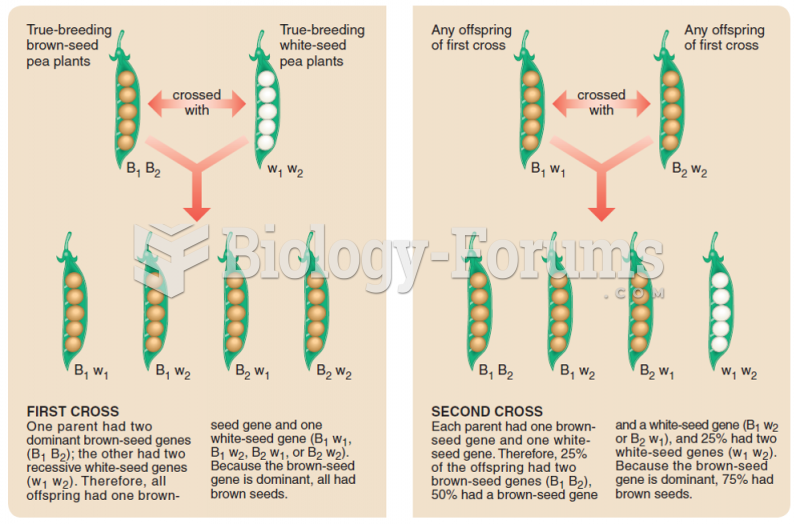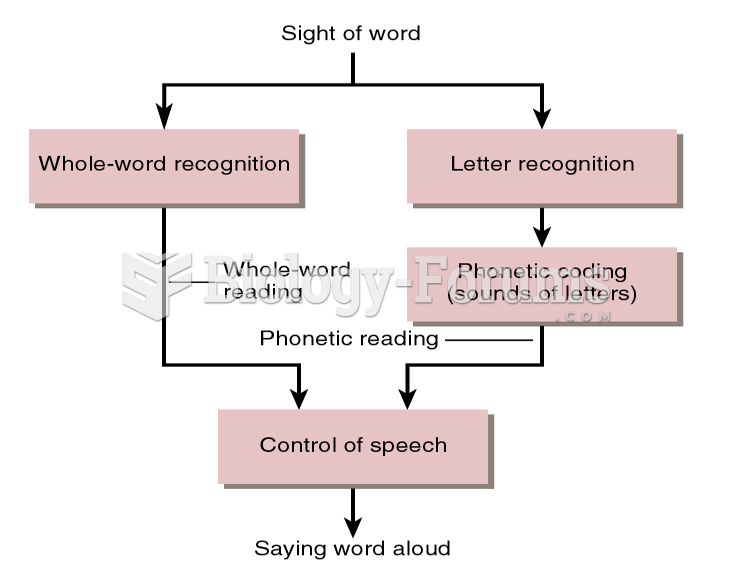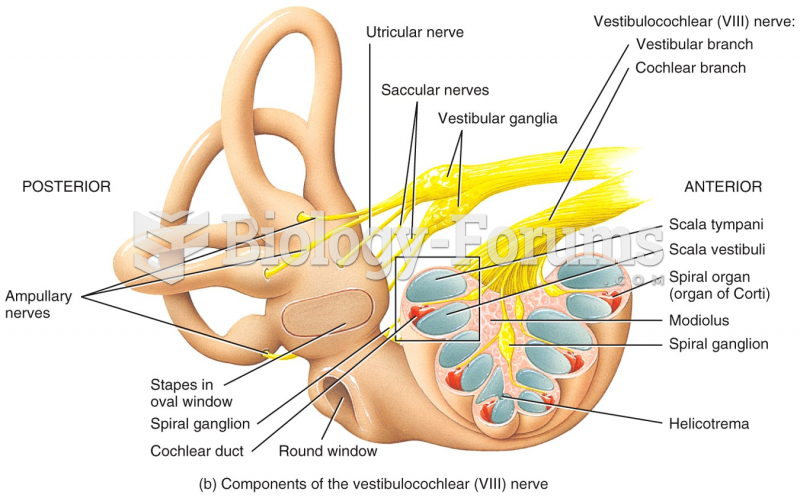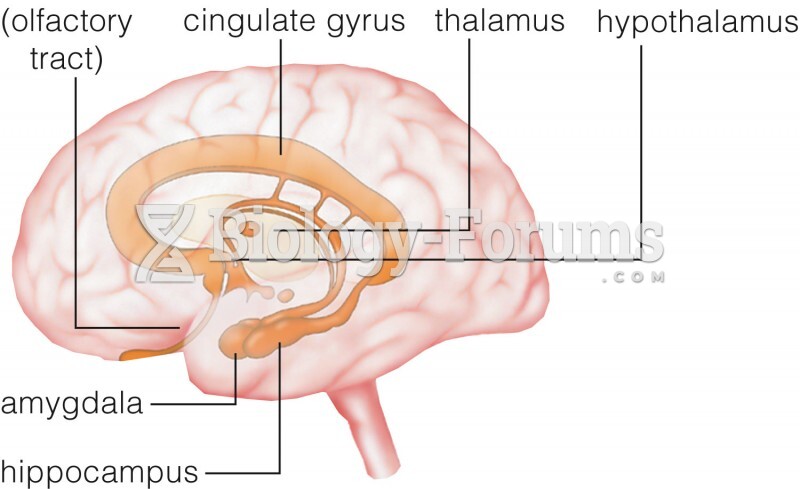|
|
|
Blood is approximately twice as thick as water because of the cells and other components found in it.
Human kidneys will clean about 1 million gallons of blood in an average lifetime.
The word drug comes from the Dutch word droog (meaning "dry"). For centuries, most drugs came from dried plants, hence the name.
More than 20 million Americans cite use of marijuana within the past 30 days, according to the National Survey on Drug Use and Health (NSDUH). More than 8 million admit to using it almost every day.
Always store hazardous household chemicals in their original containers out of reach of children. These include bleach, paint, strippers and products containing turpentine, garden chemicals, oven cleaners, fondue fuels, nail polish, and nail polish remover.
 Three days after the Boston Marathon explosion, the FBI released this photograph that had been taken
Three days after the Boston Marathon explosion, the FBI released this photograph that had been taken
 Many electronic components are used to construct a typical vehicle computer. Notice the quantity of ...
Many electronic components are used to construct a typical vehicle computer. Notice the quantity of ...





